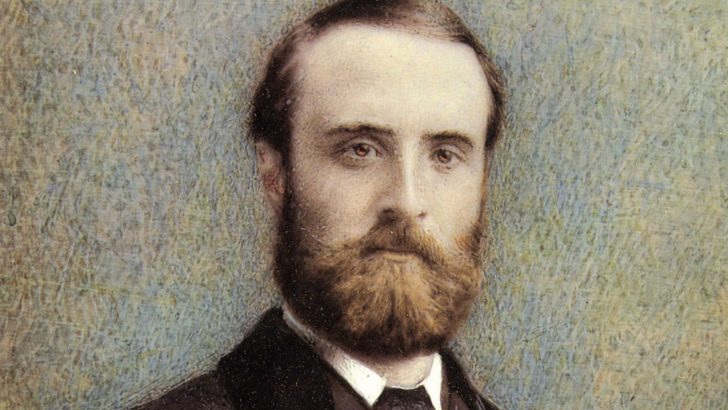The Legacy of the Irish Parliamentary Party in Independent Ireland, 1922-1949
by Martin O’Donoghue (Liverpool University Press, £80.00).
Felix M. Larkin
Conor Cruise O’Brien, the grandson of a long-time Irish Parliamentary Party (IPP) MP, was once discussing the 1916 Rising and its aftermath with his father-in-law, Seán McEntee, a 1916 veteran and foundation member of Fianna Fáil, TD, and cabinet minister.
He said ruefully to McEntee that “your people pushed my people aside”, and that is indeed the popular impression of what happened in the 1918 general election.
But it is not as simple as all that, as Martin O’Donoghue demonstrates in this important new book examining the legacy of the IPP post-1918.
He writes that the party “left a distinctive mark on the politics of independent Ireland”, and he sees this manifested in three ways: the adherence of the political parties of independent Ireland to the parliamentary and democratic norms to which the IPP had accustomed the Irish people, the continued participation of some former IPP members and supporters and their families in Irish politics, and the persistence of commemorative events celebrating Parnell, Davitt and the Redmond family and their achievements through agrarian agitation and in other areas.
Emphasis
O’Donoghue, understandably, places much emphasis on the political careers of those identified with the old IPP tradition, most notably Captain William Redmond, James Dillon and Frank MacDermot.
Two of them were, of course, sons of the last two leaders of the IPP – and both of them, with MacDermot, ended up in Fine Gael or its antecedent party Cumann na nGaedheal. All three, however, first attempted to revive the IPP – albeit in new configurations – as a means of circumventing the Civil War divisions that defined Irish politics after independence.
Parnell’s memory is still celebrated in Glasnevin cemetery on Ivy Day each year and the annual Parnell Summer School”
Captain Redmond, an independent TD for Waterford from 1923, founded the Irish National League party in 1926, but joined Cumann na nGaedheal in 1931 after the League collapsed. He died in 1932 and was succeeded by his widow – who held the seat for Fine Gael until her death in 1952.
Dillon and MacDermot entered politics as independent TDs in 1932, and then established the National Centre Party in 1933 – though it soon merged with Cumann na nGaedheal to form Fine Gael.
Dillon was Minister for Agriculture in the two inter-party governments of 1948-51 and 1954-57 under John A. Costello as Taoiseach. Costello did not come from a conspicuously IPP background, but neither had he been a Sinn Féiner in 1918 – and his biographer is quoted as claiming there “could be no doubt” that he had been a “staunch home ruler” in his youth.
Not everyone with old IPP loyalties gravitated to Fine Gael, however. One former IPP MP, Thomas O’Donnell, who was a co-founder with Captain Redmond of the National League, later joined Fianna Fáil; he failed to win a Dáil seat as a candidate for either party.
Another former IPP MP, Alfie Byrne, remained an independent – and was a TD for north Dublin constituencies almost continuously from 1922 until his death in 1956 and, famously, was elected Lord Mayor of Dublin on ten occasions. His name was canvassed as a possible candidate for the Irish presidency in 1938, but Douglas Hyde was chosen instead.
O’Donoghue suggests that by 1949 (the closing date of this study), “a distinct home rule identity [had] faded from everyday politics”. Nevertheless, even today, former Taoiseach John Bruton has distinguished himself in defending the achievements of the IPP and, in particular, those of John Redmond.
And moreover, Parnell’s memory is still celebrated in Glasnevin cemetery on Ivy Day each year and the annual Parnell Summer School, of which Martin O’Donoghue is a former academic director, remains a staple of the Irish calendar.


 Parnell, the leader of the Irish people
Photo:History Ireland
Parnell, the leader of the Irish people
Photo:History Ireland
